Ways to Improve Your Detoxification System
The modern world is full of environmental toxins. It is estimated that there are over 80,000 toxic chemicals used regularly in the US. There are over 500 chemicals stored in our body and the average individual has at least seven pesticides tested in their urine (1, 2).
It is imperative to have a daily detoxification lifestyle to get these unwanted toxins out of our system. The body’s natural detoxification process is dependent on the ability of water to act as a solvent to dissolve toxic substances.
The cell membrane is made up of fatty acids and is impermeable to most water soluble substances. Therefore, water soluble compounds depend upon specialized transport proteins to get into a cell effectively. A water soluble carrier can effectively move through the body’s circulation but will not enter into a cell unless specialized circumstances allow it.
In contrast to water soluble compounds, the lipid based cell membrane fuses with lipid soluble compounds which can freely pass through it. This means that fat soluble toxins can get into the cell fairly easily and are much more difficult to remove.
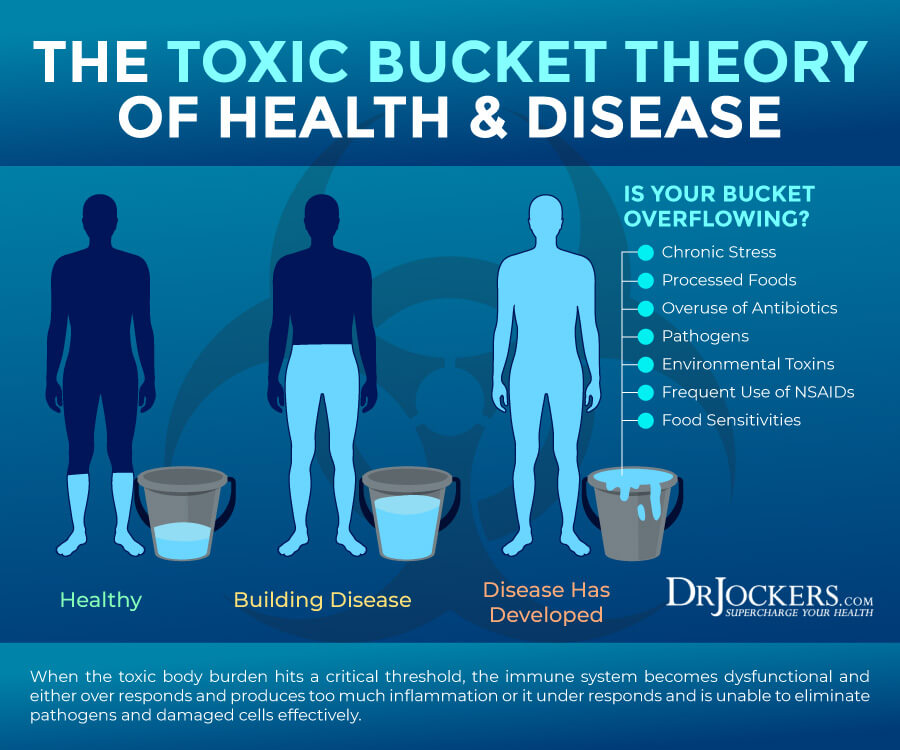
The Bodies Powerful Detoxification System:
The body has a built-in metabolic detoxification system to address this problem by converting fat soluble toxins into inactive water soluble metabolites. This process is carried out by a series of enzymes that transform, conjugate (attach), and transport the toxins out of the body (3).
Xenobiotics: These are common environmental toxins and prescription drugs. We come into contact with millions of xenobiotic particles every day and our body does the best it can to neutralize these and eliminate them from the body.
Endobiotics: These are toxins produced within the body such as excess hormones, free radicals, and bile acids.
Detoxification enzymes are unique in that they can react with many different compounds and are more concentrated in areas of the body that are most directly exposed to the environment. The major detoxification areas include the liver, intestine, kidneys, lungs, and brain. The body has the lymphatic system that helps collect and move toxins into circulation through the excretory systems.
The brain has the glymphatic system that is made up of the brains unique immune system called glial cells. This system flushes toxins out through the cerebrospinal fluid and into the excretory systems.
The three phases of detoxification happen in all the cells of the body but the liver is the primary organ that has the most concentrated amount of the key detoxification enzymes.
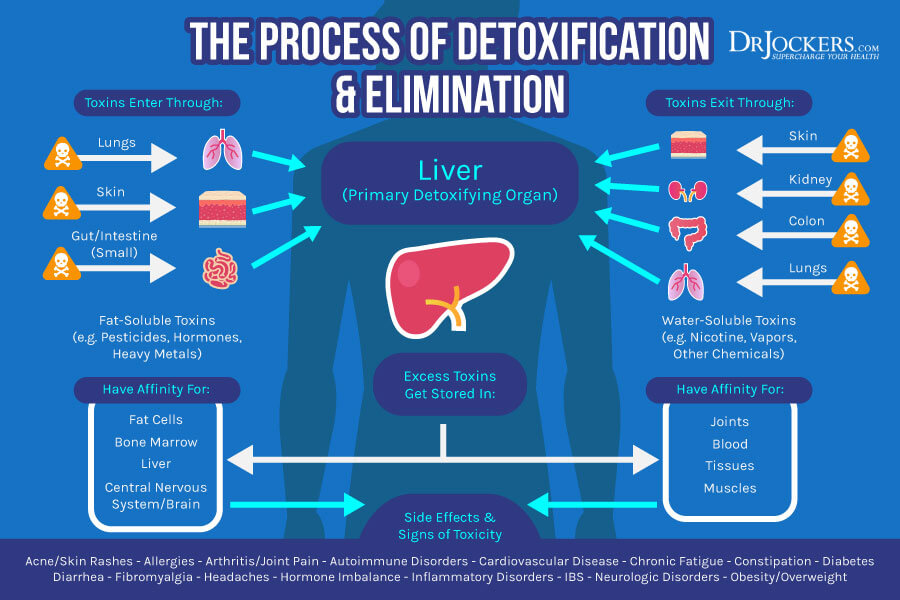
Phase I Detoxification: Transformation
In this phase, there are enzymatic reactions that transform the particular toxin into a chemical form that can be metabolized by the phase II enzymes. These reactions are particularly carried out by the cytochrome P450 (CYP) enzymes in the liver (4).
Several other enzymes are key to phase I transformation. These include the flavin monooxygenases (FMOs are responsible for detoxifying nicotine from cigarette smoke); alcohol and aldehyde dehydrogenases (metabolize alcohol), and monamine oxidases (MAOs break down serotonin, dopamine, and epinephrine in neurons).
These MAO are the targets of several older antidepressant drugs which aimed to keep these neurotransmitters from being metabolized as quickly which would give them more time to interact and influence the neuronal environment.
This phase is very much dependent upon adequate protein, vitamins A, B2, B3, C, E, folate, iron, calcium, copper, zinc, magnesium, selenium. Deficiencies in these nutrients slow the transformation of specific toxins. The top threats to these deficiencies include blood sugar imbalances, a deficient diet, and poor gut function that hampers nutrient absorption.

Phase II Detoxification:
These reactions conjugate the toxin to other water soluble substances to increase its solubility. The major enzymes catalyze a different form of conjugation reaction (5): UDP-glucuronlytransferases (UGTs) catalyze the glucuronidation of most prescription drugs and many environmental toxins
Glutathione-S-transferases (GSTs) conjugate toxins with glutathione. The antioxidant potential of glutathione also clears out free radicals in this phase Sulfotransferases (SULTs) catalyze sulfonation reactions which play an important role in controlling sex hormone levels.
The most important nutrients to effectively complete phase II detoxification include all the B vitamins and in particular B6, folate, and B12 which are known as the body’s major methyl donors. Sulfur containing amino acids such as methionine and cysteine are also extremely important for this phase. Magnesium is also extremely critical for sulfonation, glucuronidation, and glutathione conjugation reactions.
Conjugation reactions depend upon the use of cofactor acetyl coenzyme A (acetyl CoA) which is created through vitamin B5 and it uses enzymes that depend upon multiple B vitamins.
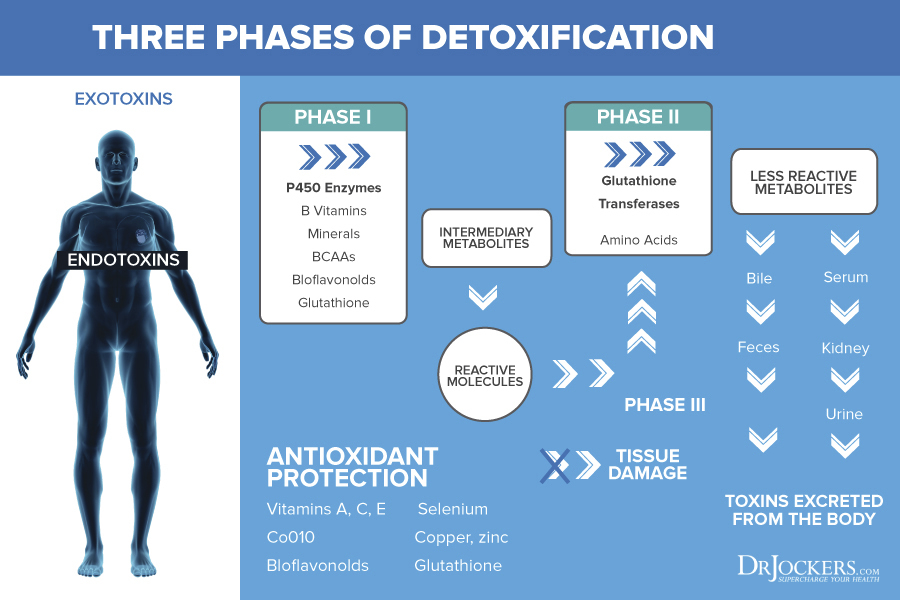
Phase III Detoxification:
This process transports the transformed, conjugated toxins out of the cells and into a shuttle to get them into the urine or bile for excretion.
When toxins are put into the bile they move into the intestines where they can be gathered up into the intestinal stool and released through the bowels. Those water-soluble toxins that are gathered in the bloodstream can make their way into the kidneys and be filtered out and excreted through the urine.
Key Nutrients for the Detoxification Process:
Flavonoids have been shown to lower the activity of CYP’s while increasing all the phase II enzyme activities except for SULT’s (6). Some of the flavonoids such as naringenin which is concentrated in citrus fruit and in particular grapefruit strongly inhibit CYP. This is why the recommendation is to not consume grapefruit along with prescription drugs (7).
Some of the other flavonoids that have a mild inhibitory effect on CYP’s include genistein, diadzein, and equol from soy and the aflavins from black tea. Meanwhile, the tannins in green tea increase CYP activity and phase II (GST and UGT) activity (8). The flavonoid quercetin and its derivatives isoquercetin and rutin have the same effect.
Nrf2 Activators:
The nuclear factor erythroid2-related factor (Nrf2) is a genetic transcriptional factor that functions as the key controller of the redox homeostatic gene regulatory network. It is considered the master controller of oxidative stress in the cellular network. When it is working well it signals the cells and tissues to produce massive amounts of antioxidants to neutralize free radicals that are being produced from cellular metabolism and environmental stressors (9).
Long term environmental stress reduces the efficiency of the Nrf2 pathway. When this is damaged or depressed it causes a weakened anti-oxidant response which results in further genetic damage and further disease development (10).
A depressed Nrf2 system is unable to reduce free radical formation within the cellular network. This altered Nrf2 activity is associated with chronic degenerative diseases such as Parkinson’s, Alzheimer’s, and cancer (11, 12).
The Nrf2 system is extremely critical because this system is responsible for neutralizing millions of free radicals each second. When this system is weak there is no way the body can effectively handle the bombardment of free radicals that are attempting to wreak havoc on the cellular network. One of the most common supplements I recommend for my clients is Nrf2 Power which acts on this pathway.
Enhance the Nrf2 System:
These compounds enhance the Nrf2 system in the body and strengthen the genetic protection mechanisms.
Epigallocatechin Gallate (EGCG) is found in Green tea.
Resveratrol found in red wine, grape skins, berry skins, etc. can also be supplemented.
Curcumin and its metabolite tetrahydrocurcumin.
Cinnamon – cinnamaldehyde
Chlorogenic and Caffeic Acid – found in organic green coffee bean extract and cacao.
Alpha Lipoic Acid
Alpha Tocopherol (Vitamin E) is found in organic eggs, avocados, olive oil, and grass-fed butter.
Lycopene – is found in tomatoes, guava, watermelons, grapefruit, parsley, basil, asparagus, chili powder, and red cabbage.
Phloridzin which is a polyphenol found in apple skins.
Gingko Biloba
Chalcone – Aromatic ketones found in a number of fruits, vegetables, and herbs including oranges, kawa, hops, water-lilly, licorice, and mulberry.
Capsaicin – this is found in hot peppers.
Hydroxytyrosol from Olives
Garlic – Allyl Sulfides
Chlorophylin from chlorophyll rich green vegetables
Xanthohumols from Hops
The powerful anti-inflammatory activity of these phytonutrients has been demonstrated in numerous animal and human studies. They have shown remarkable chemopreventative and antioxidant effects that are due to their indirect stimulation of antioxidant enzyme production and phase II detoxification through driving up Nrf2 signaling (13, 14, 15).
Boosting Sulfur Compounds:
Sulfur compounds are critical for phase II detoxification as both the glutathione pathway and the sulfation pathway depend upon these. Here are some powerful sulfur compounds:
Cruciferous vegetables: Isothiocyanates (sulforaphane, Indole-3-Carbinol, phenyl isothiocyanate). These nutrients increase GSTs, UGTs while activating the Nrf2 pathway (16).
Garlic & Onions: Contains Allyl Sulfides
D-Limonene: This is found in citrus essential oils. Helps to induce both phase I & II detoxification. Increases the total CYP activity, intestinal UGT activity, and liver GST and UGT activity (17).
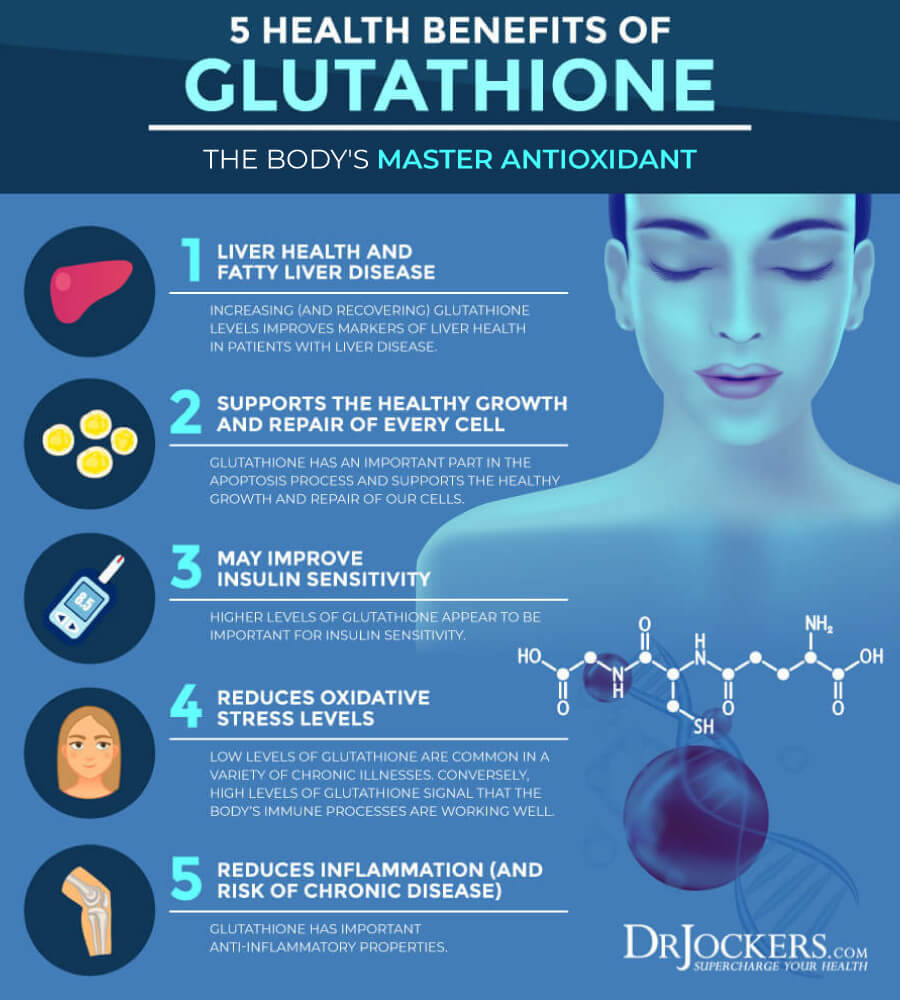
Calcium D-Glucarate:
This is found in many different fruits and vegetables. This acts as a key inhibitor of beta-glucuronidase, an enzyme produced by colonic bacteria and intestinal cells.
Beta-glucuronidase reactivates certain toxins (deconjugates) to their previous dangerous form where they can be reabsorbed in the body and cause harm. Elevated B-glucuronidase activity is associated with increased cancer risk (18). The product I use with all of these compounds in it is Gut Healing Protein.
Chlorophyllin:
This is a derivative of chlorophyll. It binds and traps toxins in the gut and prevents their absorption. It also lowers the bioavailability and accelerates the excretion of several environmental carcinogens such as heterocyclic amines (cooked meat), polycyclic aromatic hydrocarbons (gasoline and smoke) and aflatoxins (mold based toxins that are linked to liver cancer) (19).
One study looked at 180 people in China who were exposed to Aspergillus (aflatoxin based fungus) who took 100 mg of chlorophyllin three times daily. Urinary levels of DNA-aflatoxin conjugates (marker for DNA mutation) went down 55% compared to those who did not take it (20).
Probiotics:
Probiotic bacteria trap and metabolize xenobiotics and heavy metals. They are able to effectively detoxify aflatoxin and patulin which are two major toxins produced by the carcinogenic mold Aspergillus. Probiotic microrganisms also help the body metabolize heterocyclic amines and dimethylhydrazine (fuel and photography solution) (21).
Probiotics also bind lead, excessive iron and cadmium. They produce short-chain fatty acids such as butyrate which has been shown to stimulate GST production in intestinal cell cultures.
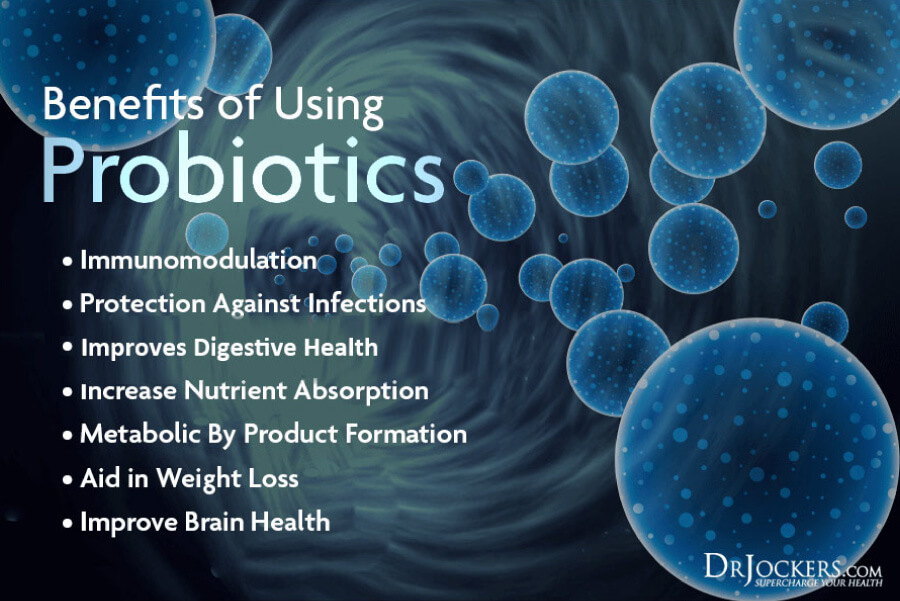
N Acetyl Cysteine (NAC):
This compound is a potent antioxidant and it provides an alternative source of sulfur for glutathione production. This is particularly effective for reducing heavy metal toxicity.
This protects the liver due to its ability to synthesize glutathione. It is an effective treatment for acute liver failure and acetaminophen toxicity (22).
Milk Thistle:
This is the most well researched plant in the treatment of liver disease. Milk thistle contains a group of polyphenolic compounds called silymarin which increases glutathione levels, reduces liver oxidative stress levels and promotes efficient detoxification processes. This protects the liver even better than NAC for liver toxicity (23).
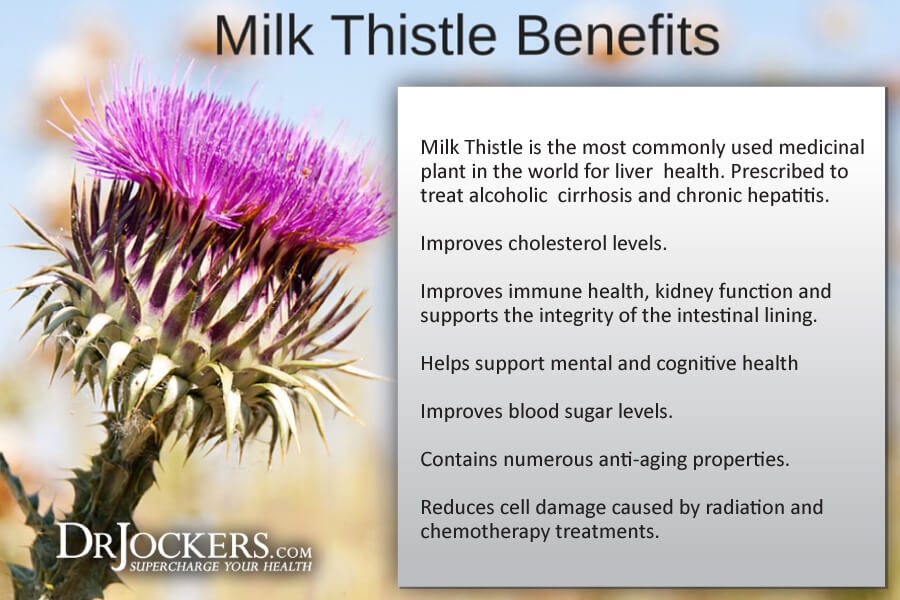
Phase III Transporters:
These are important for clearing toxins from healthy cells but they also interact with medications. This is especially problematic with chemotherapy drugs. Use of nutrients that stimulate phase III transporters will decrease the effectiveness of chemotherapy and create resistant cancer cells.
Apple Polyphenols and Sulforaphane from cruciferous veggies both stimulate the activity of phase III proteins.
The curcumin metabolite tetrahydrocurcumin decreases the activity of the phase III transporters in human cervical carcinoma and breast cancer cell lines. This makes the chemotherapy more effective in these areas. Resveratrol also decreases phase III protein synthesis and a study showed that in a cell culture this prevented acute myeloid leukemia cells from becoming resistant to the chemotherapy drug doxorubicin (24).
Phase III Activators:
Apple Polyphenols Sulforaphane from cruciferous veggies
Phase III Inhibitors:
Curcumin Resveratrol Milk Thistle (Silymarin)
Improving Bile Flow:
Impairment of bile flow is going to reduce the bodies ability to eliminate toxins. This is typically caused by a congested liver, inflammation and scarring of the bile duct and/or gall stones. The compounds that help improve bile flow include:
Ginger Garlic/Onions Yarrow
Artichoke Cumin Dandelion
Ajowan (carom seed) Curry Fennel

If you want to work with a functional health coach, I recommend this article with tips on how to find a great coach. On our website, we offer long-distance functional health coaching programs. For further support with your health goals, just reach out—our fantastic coaches are here to support your journey.

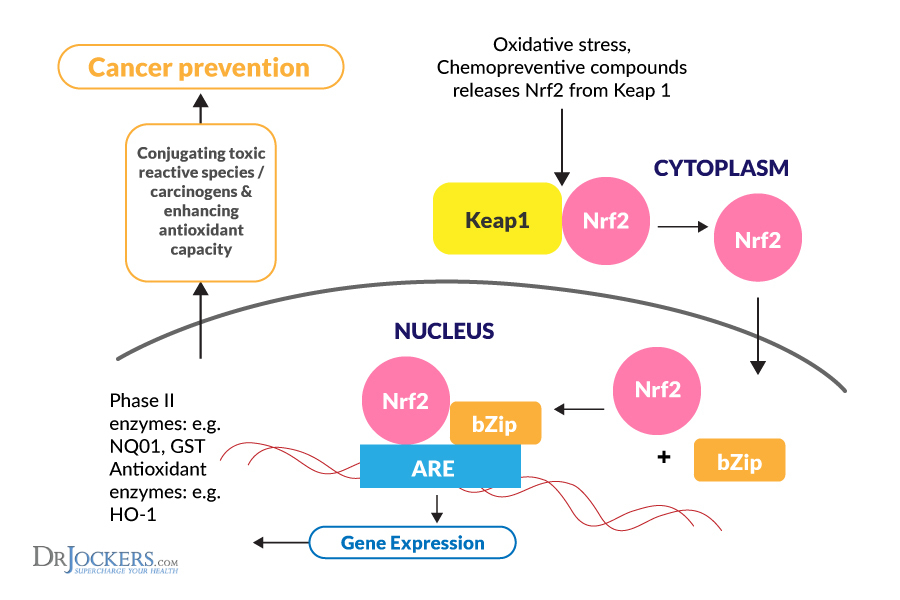

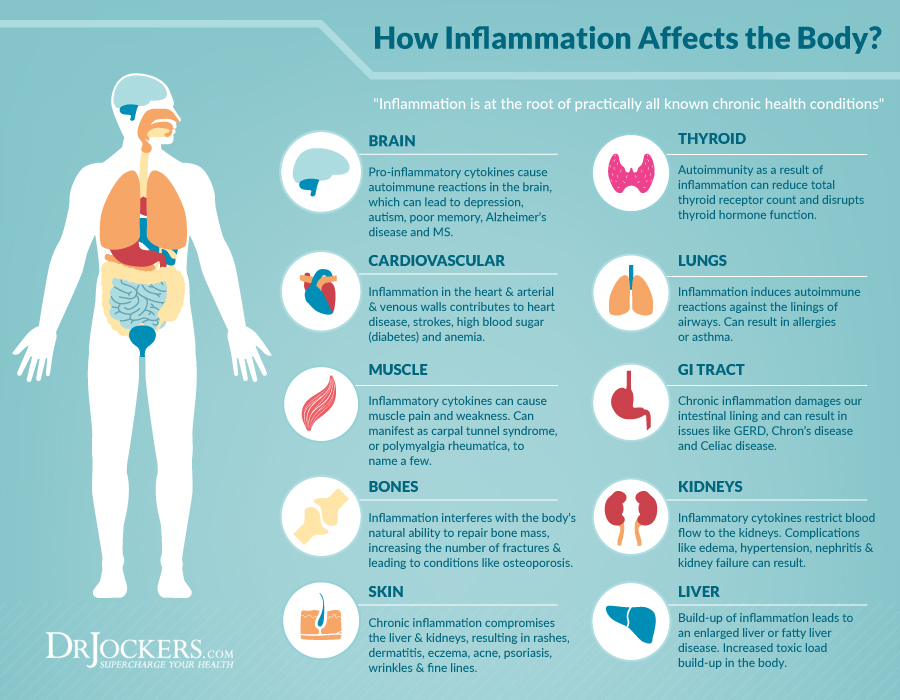

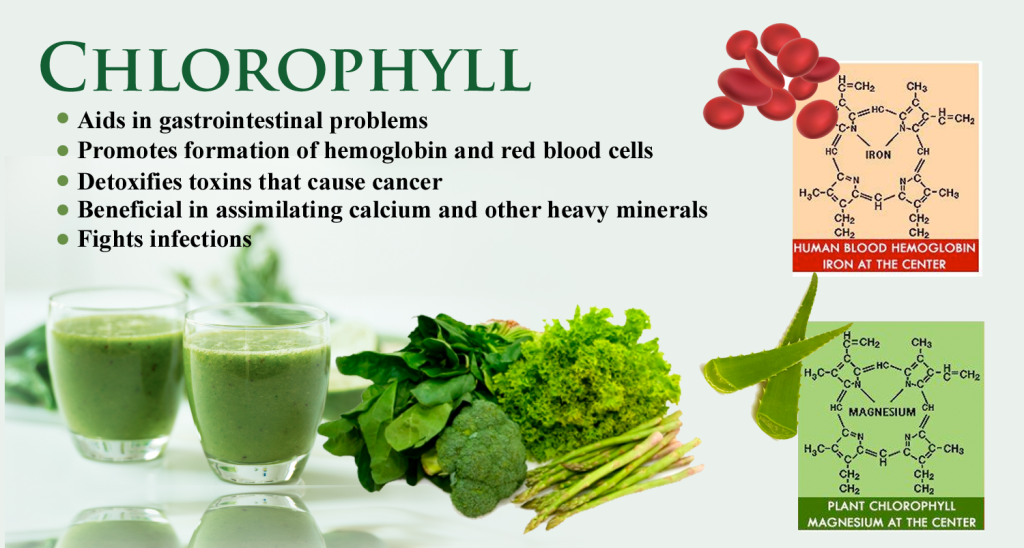
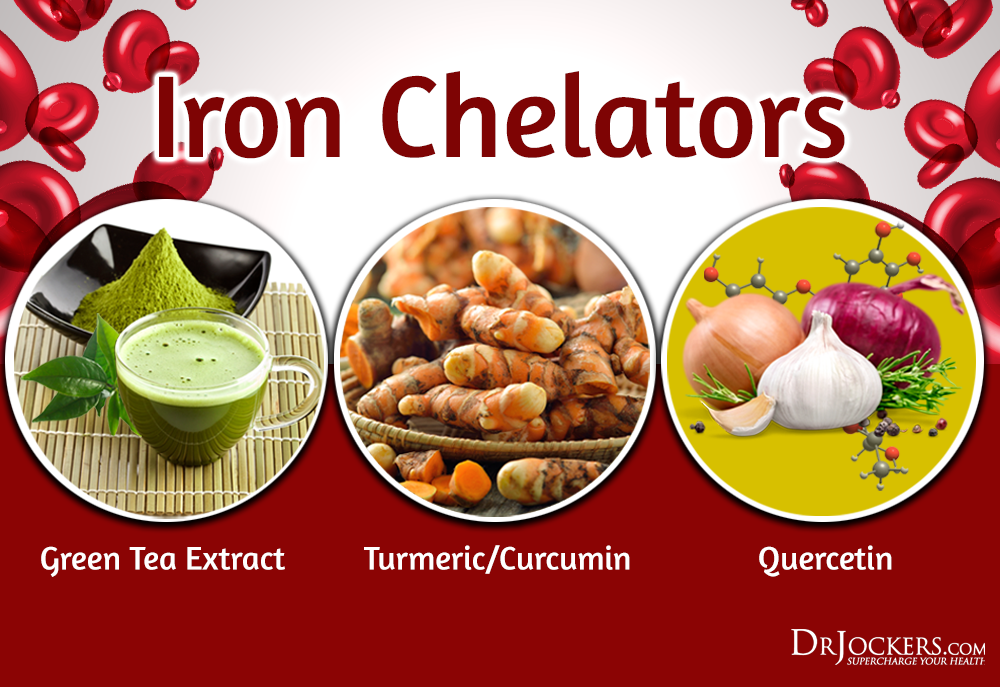




What is kawa?
I am currently taking Suboxone which causes severe constipation. Is this going to effect the cleanse process. I will be taking this drug for another 6-12 months but have been diagnosed with gallstones and have symptoms of pancreatitis.
Thanks
Hey Jason! You will definitely want your bowels moving regularly. This can help: https://store.drjockers.com/products/bowel-mover